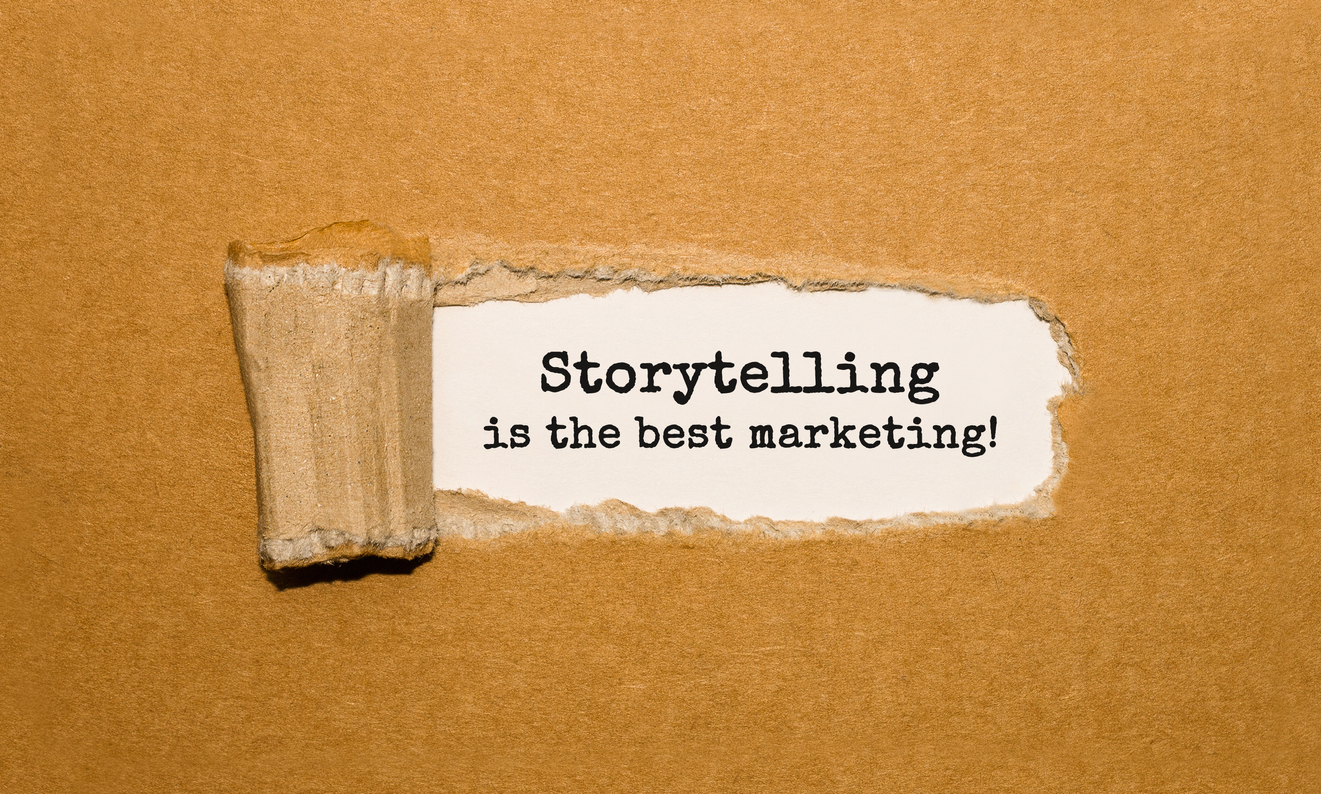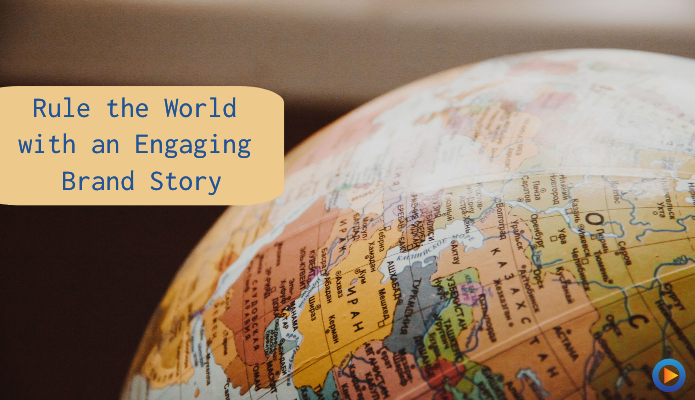Nowadays you hear a lot about brand storytelling. A brand’s unique selling point. The emotional connection that needs to be forged with the customer.
What is this all about? Are these just buzzwords designed to tickle the ears of unsuspecting and overly ambitious entrepreneurs? Or is there a real, quantifiable business value to creating and refining your own brand story? For that matter… what exactly is a brand story?
Let’s take a deep dive into what brand storytelling is really all about; and how it can be of immense benefit to you and your business.
What is a Brand Story?
Let’s start off by enumerating what a brand story is not:
- It is not a marketing initiative, although it can be incorporated into one.
- It is not a mission statement, even though it can be informed by one.
- It is not a sales pitch, although it can make one much more effective.
Ok, so what is it, then? Simply put, a brand story is a narrative about your company or business designed to provoke an emotional reaction. It’s the story of who you are as a company. Where you came from. Why you are doing what you are doing. What you stand for. What you offer. It’s some or all of these things. And if it’s written well, it includes your Unique Selling Point, which can help to strategically position you ahead of your competition.
Whereas data and statistics aim for your customer’s head, your brand story aims for his or her heart. You aren’t trying to intellectually persuade your customer about the financial or personal benefits of doing business with your organization. Rather, you are trying to win over his affection, and as the ultimate goal, even his loyalty. That’s why it is critical that your brand story is precisely calibrated to achieve that emotional connection with your consumers.
Why is it Important?
“Ok,” you may say, “that sounds well and good, but is there any evidence that this actually works?”
Actually, there is. Back in 2016, the Harvard Business Review sought to quantify the business value of generating an emotional connection with a company’s consumer base. In the case of one retailer, the Review found that:
By implementing an emotional-connection-based strategy across the entire customer experience — including how it communicates with customers and attracts prospects – this retailer has increased its percentage of emotionally connected customers from 21% to 26%, reduced its customer attrition rate from 37% to 33%, and increased customer advocacy from 24% to 30%, resulting in a 15% increase in the number of active customers and more than a 50% increase in the rate of same-store-sales growth.
Think about that! By investing in the power of branding and storytelling, this company was able to realize a massive ROI in a relatively short time frame. In fact, that same article made the point that seeking an emotional connection with your consumer base offers a bigger competitive advantage than increasing customer satisfaction.
There are many examples of awesome brand storytelling. For example, in 2013 Google launched a promotional campaign in India that featured an ad in the form of a story. The story told of two friends who were separated from one another during the India-Pakistan partition in 1947. During the next 60 years, they never forgot about each other; and one day they were finally able to reunite… thanks to Google search.
It’s powerful narratives like that which forge emotional connections. True, data and statistics play their part. But when it comes to your brand story, they should be subjected to the emotional, narrative-driven content that you want to present to your audience.
So let’s get down to the nitty-gritty. How can you develop your own brand story, and connect with your consumers?

How to Do It
As with any good story, your brand story needs to have a theme. So what should your theme be?
According to Celinne Da Costa from Forbes.com, there are 3 elements that you must clearly identify in order to craft an effective brand story: your action, your target audience, and your company’s value. Let’s take them one at a time.
- Action. This is what your company does. What word best describes it? Are you a company that empowers others? Do you teach or train? Or would you classify your organization as one that provides? The first step is determining which action word gives the clearest picture of what your business is all about.
- Target audience. Now you need to marry data with empathy. Very likely you are already aware of which demographic you would like to reach with your story. But now is the time to imagine life in your customers’ shoes: what are their day to day lives like? What are their goals? Their values? What are common challenges that they may be facing? What are they looking for in a company? Answering questions like these will give a clearer focus to your “storyboarding” process.
- Value. Finally, you need to clearly define what differentiates you from the competition. Your unique selling point. It’s not necessarily pricing, or quality; those tend to be data points rather than storytelling elements. Instead, you need to ask yourself how your company can provide what your customers are looking for, and then distill that unique value into an easy to follow narrative.
Once those 3 elements have been clearly defined, your theme is ready to flesh out.
Everybody Wants to Rule the World
The above principles can be of immeasurable benefit to your company as you look to create a unique brand story. Of course, actually creating and then distributing your narrative can be more complicated. You may wonder which marketing channels would offer the best ROI for your story: print? Online? Video?
At DigiVid360, we offer a wide range of marketing services to our clients, including brand story creation, digital content, and video marketing. We know that you may have many questions about how to craft that perfect brand story. We’re here to help.
There is an old Hopi American Indian proverb about brand storytelling. (Well, not specifically about brand storytelling, but it applies.) The proverb goes: “Those who tell the stories rule the world.” If you want to rule your market, then an engaging brand story is a must. Contact us at DigiVid360 today for more information on how your company can begin its reign.






